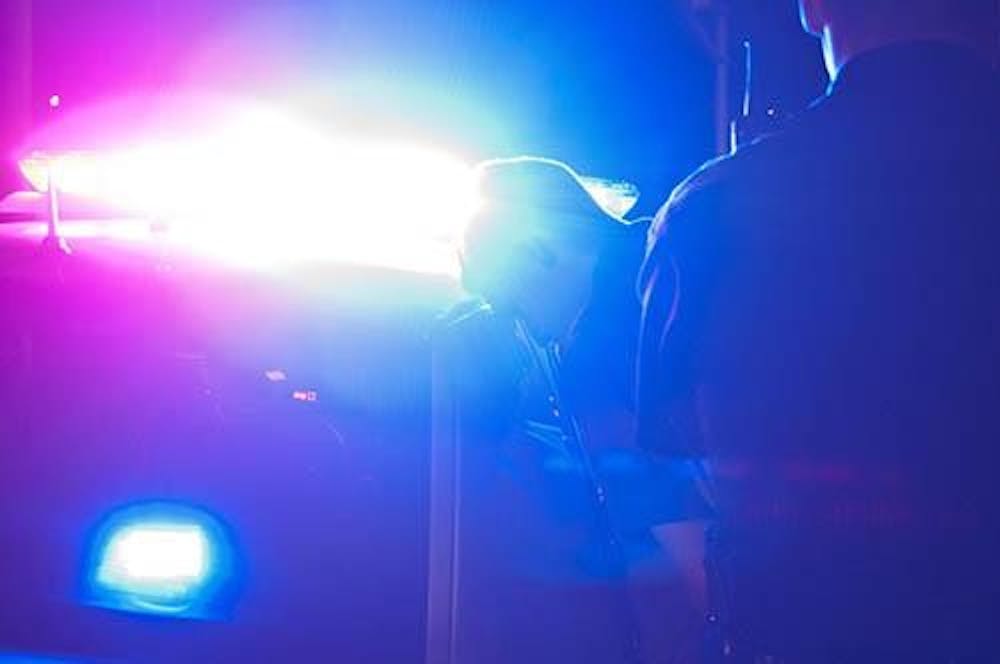Local police training Friday to handle animal fighting doesn’t mean an increase in dog fighting cases, officials said.
A year after a Muncie man was convicted of running a dog-fighting ring, officers took part in classes aimed at teaching ways to investigate and respond to animal fighting calls.
The director of American Society for the Prevention of Cruelty to Animals’ Blood Sports Field Investigations and Response team offered a free class Friday to Delaware, Henry, Madison and Allen counties’ animal control and uniformed road officers.
Joe Orick, deputy prosecutor for the Delaware County prosecutor’s office, said there haven’t been any new arrests for dog fighting in the last year.
“However, we are working on other cases of dog fighting that resulted from the Johnson case,” he said. “There have been a couple of cases of animal abuse and neglect in the Muncie City Court.”
In Orick’s 10 years as deputy prosecutor, he said he has only encountered two cases of organized dog fighting.
“The problem with it is that it happens a lot more than we catch them in the act or when it’s going on,” he said. “You find an abused dog, and there is no way to track it.”
Every month or two, the Muncie Animal Shelter gets a dog that they suspect is the product of animal fighting, said Phil Peckinpaugh, director of the shelter.
“Dog fighting is definitely prevalent in this community,” he said. “Whether it’s organized or not, there are several types of dog fighting [in Muncie].”
Steroids, weighted collars, treadmills with cages around them and scarred dogs clumped together are often signs officers look for in an investigation, said Terry Mills, director of ASPCA’s Blood Sports Field Investigations and Response team.
“Putting it all together is what makes the paraphernalia and the scarred dogs a felony,” Orick said.
In Indiana, promoting and owning animals for fights is a Class D felony that can result in six months to three years of incarceration and up to a $10,000 fine. Attending a fight is a Class A misdemeanor with a sentence up to a year and up to a $5,000 fine.
Orick said dog fighters are typically seeking ways to be profitable.
“It’s not a sport; it’s not a hobby,” he said. “They are in it for the sole purpose of making money and feeding their ego.”
Fighters make money by making dogs ruthless.
“Most of these animals are at the point of starvation so they can make a certain weight,” Orick said. “They also inject them with steroids, hormones or whatever kind of supplement they can get to increase their muscles and aggressiveness.”
Owners leave their dogs outside for long periods of time in weather that is not healthy for the animals, he said.
“They aren’t treated with love and kindness,” Orick said. “They want them to be very animal aggressive.”
Peckinpaugh said bringing former fighting dogs into a rescue creates strain on the animal shelter program.
Special boarding is required because they are extremely aggressive to other dogs, he said, although they are not often aggressive toward people.
He also said rescued dogs are typically very loving toward people, and this creates a problem when they have to be euthanized.
“Seeing how much they love people, but what a danger they are to others and other pets and society makes it definitely more emotionally taxing for the shelter staff,” Peckinpaugh said.
Orick said dog fighting is not only damaging to the dogs and the people involved, but it has the potential to hurt the entire community in which it takes place.
“Dog fighting puts everyone in danger because dog fighters are encouraging violence with the people who attend it because of their callous disregard for animals and their suffering,” he said. “Drugs [and alcohol] are there because of the criminal element … and those together can bring violence to any community.”





